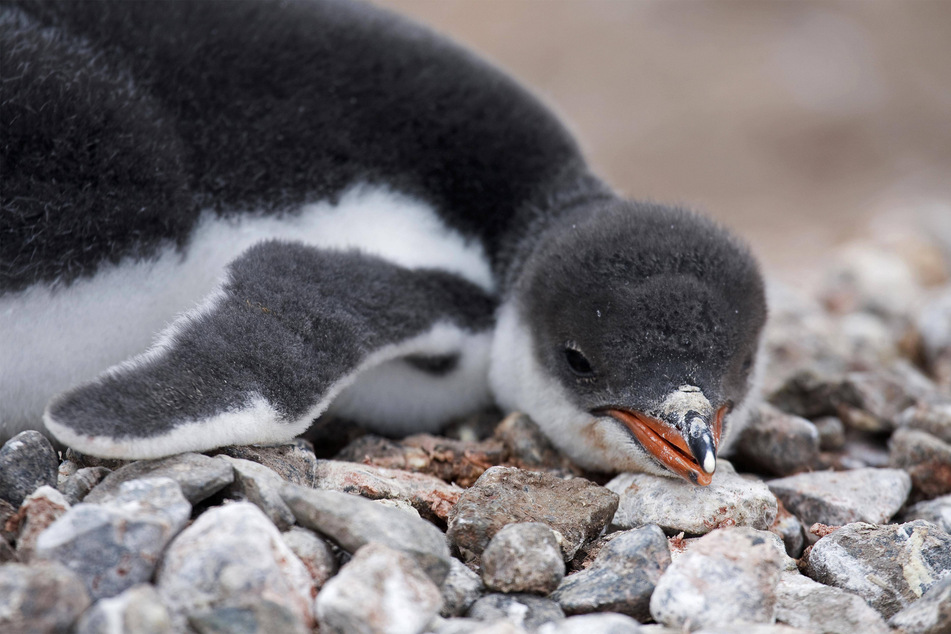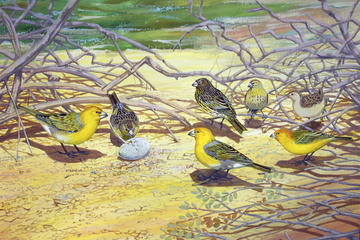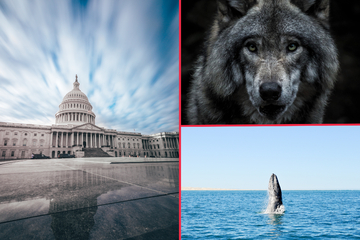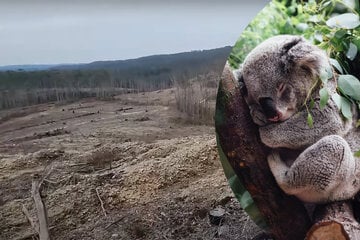Bird flu attacks Antarctic penguins: "Many more are dying"
Sea Lion Island, Falkland Islands - After two gentoo penguins were found dead in the Falkland Islands a few weeks ago, the body count started rising. Now, an ecological disaster is on its way.

For years, scientists and governments have managed to keep diseases from sweeping the Antarctic region, avoiding an environmental catastrophe that could see hundreds of species suffer. Sadly, it seems those years have come to an end.
Avian flu is an extremely infectious virus that primarily targets aquatic birds and has been a problem for years. The CDC has identified the virus, known more specifically as H5N1, as being "highly pathogenic" and a "sporadic" threat to humans.
On January 19, however, the Falkland Islands Government recorded a never-before-seen case of the infection. Tragically, two gentoo penguins were found dead on Sea Lion Island, and hundreds soon followed.
Bird flu is not the first threat to hit Antarctic penguins
The Antarctic region, home to a wide variety of different penguin species, has felt the impact of human activity like few other places in the world. From climate change to commercial fishing and issues around pollution, penguins were at risk even before the discovery of bird flu in the region.
While most penguin species are currently classified as "Least Concern" or "Near Threatened" by the International Union for Conservation of Nature (IUCN), environmental changes put them at risk of deterioration.
The World Health Organization (WHO) reports that in 2022, 67 countries over five continents reported avian influenza outbreaks. In domestic poultry stocks, more than 131 million birds died over the course of a single year.
More worrying for Antarctic penguin species, though, is that mass death events have occurred in wild bird populations as well. While gentoo penguins are currently classified as "Least Concern," for example, scientists are worried that such a mass death event could decimate populations.
Speaking to the New York Times, the head of communications for the Falkland Islands government, Sally Heathman, said, "Many more are dying." With more than 200 more gentoo penguins dead or dying from bird flu on Sea Lion Island alone since the first cases were discovered, it seems that she's right.
There is already a precedent for mass deaths among penguins, too. Just last year, Chile reported thousands of Humboldt penguin deaths on account of the virus spreading through South America, where more than 500,000 seabirds have died alone.
With all this in mind, it seems increasingly clear that without serious action, we could see severe decreases in penguin populations in the very near future.

Mass deaths already occurring in Antarctica because of bird flu
While this is just the beginning of the potential devastation that may be wreaked upon penguin populations due to bird flu's invasion of Antarctica, they are not the only species under attack from the invisible terror.
Researchers have reported mass deaths of elephant seals on Bird Island, near South Georgia. Significant hits have been sustained in fur seal, kelp gull, and brown skua populations on the one island alone. For context, bird flu only reached the island in October last year.
"At some sites, we've had mass mortalities, where we are getting into the hundreds," Dr Meagan Dewar, chair of the Antarctic Wildlife Health Network, told the Guardian in early December. At the time, it wasn't quite clear that all animals had died of the influenza – now, it has been confirmed.
As of writing, there have been no confirmed cases of bird flu on the Antarctic mainland, which is very good news for the likes of the emperor penguin and any other species that take up residence solely on the continent itself.
This is particularly important for king penguins, which are already at risk of extinction by the end of the century due to climate change, reports suggest. For species already under threat, like this one, the introduction of avian flu could spell a rapid end.
Bird flu in Antarctic penguin populations "one of the largest ecological disasters of modern times"
It wasn't long ago that researchers had warned about the devastation that could come from bird flu reaching the Antarctic. In a paper published in 2023, scientists identified that due to the propensity for penguin species to nest together in high densities, a pandemic of bird flu "could show rapid infection and spread."
Now that it is summer in the Southern Hemisphere, it seems to be an especially bad time for this outbreak to occur. Penguins of many varieties are gathering for breeding season, increasing the already-high risk that H5N1 will cut through the population like a knife through butter.
It is clear that the introduction of bird flu to the Antarctic region is now undeniable and that it risks a mass mortality event from which many species may never recover. Such an outcome seems all the more inevitable considering the lack of any real response from global leaders.
"If the virus does start to cause mass mortality events across penguin colonies, it could signal one of the largest ecological disasters of modern times."
Cover photo: imago/imagebroker



